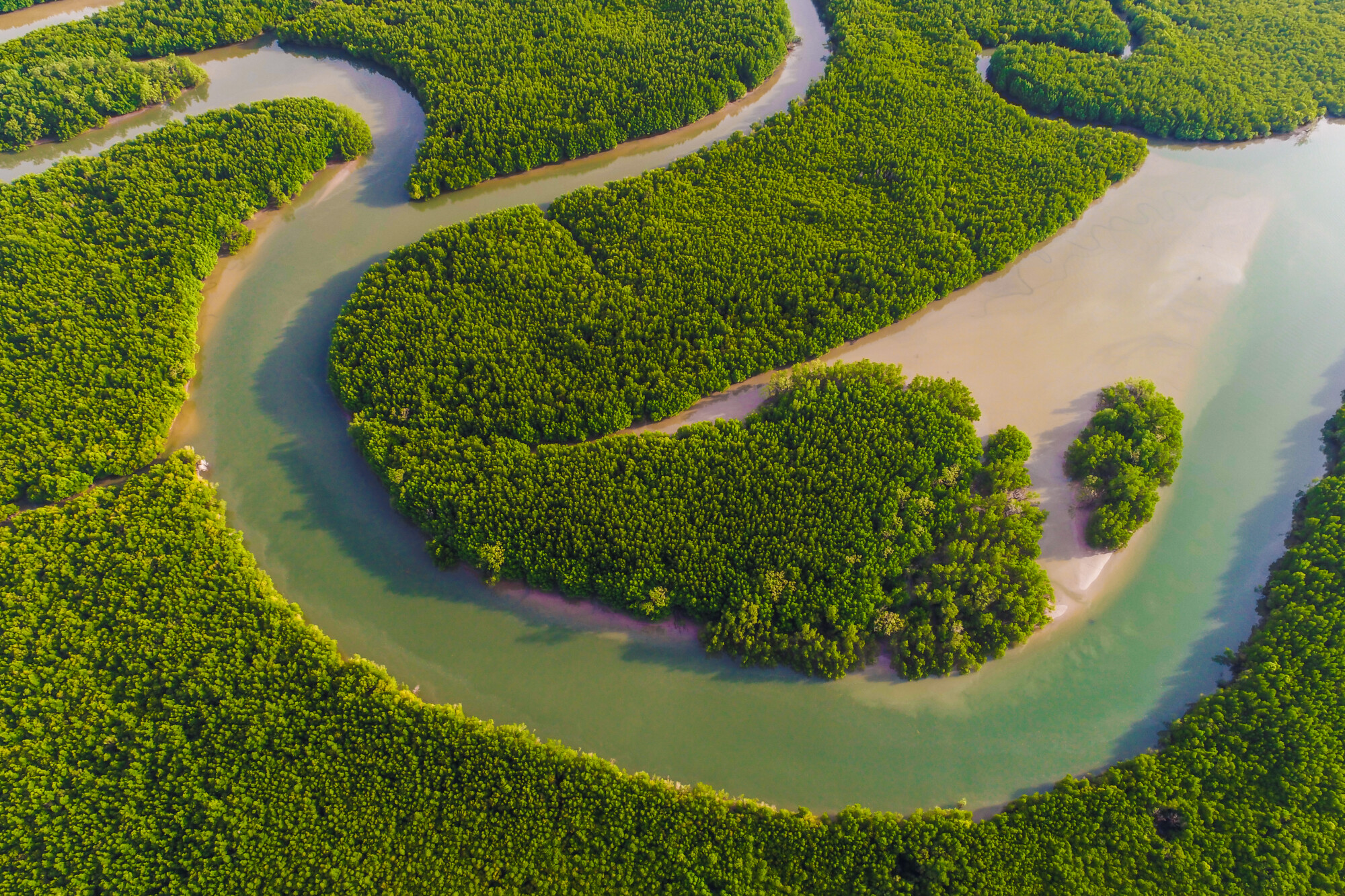Get involved today
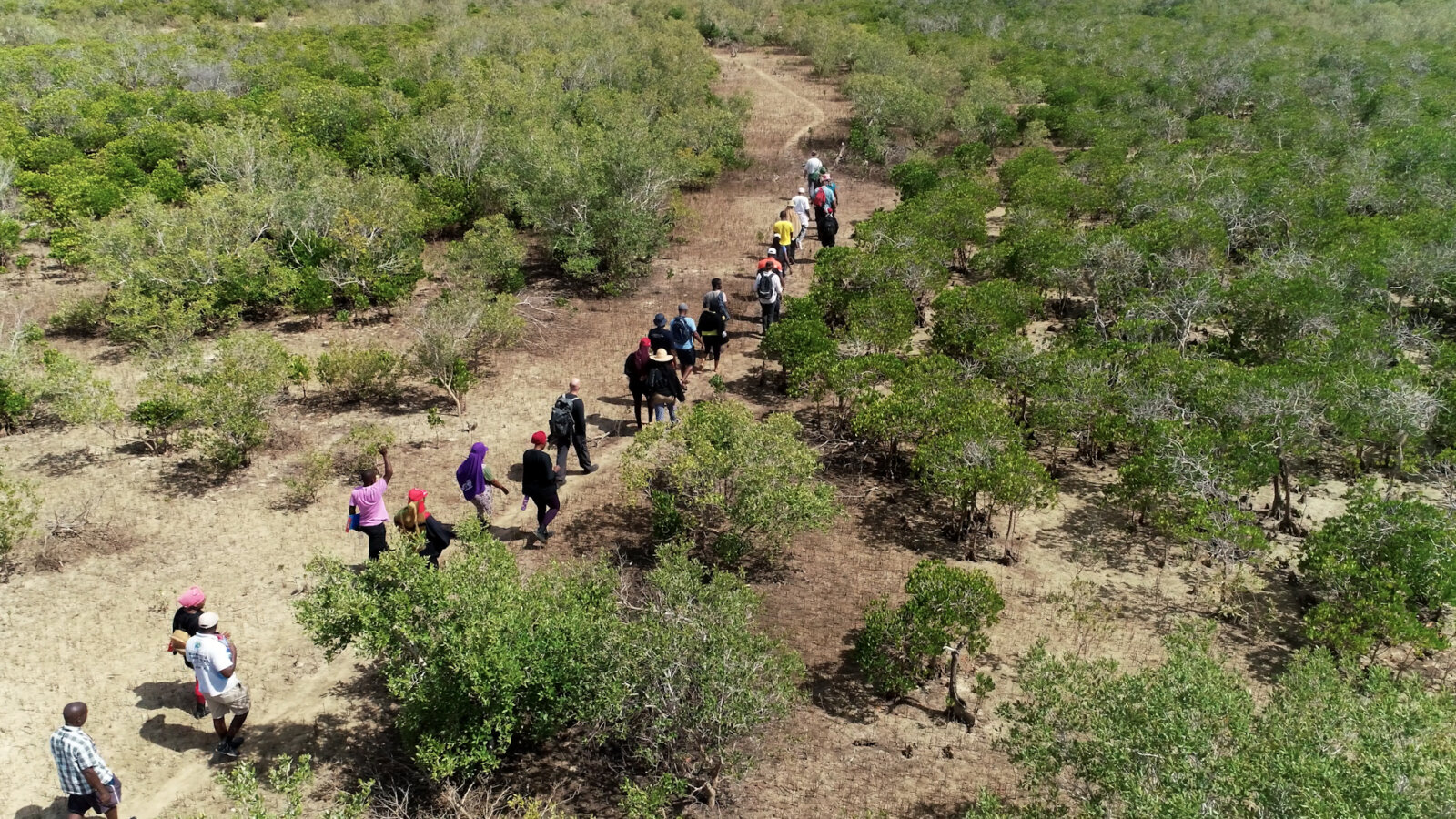
There are many ways you can take action to regenerate the world’s mangroves before it’s too late
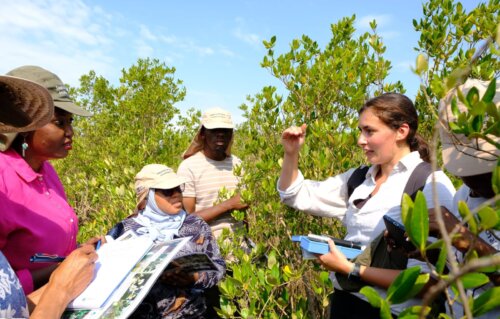
Work with us
Are you trying to restore a mangrove? Let us provide you with the scientific know-how and bespoke training needed to maximize your chances of long-term success.
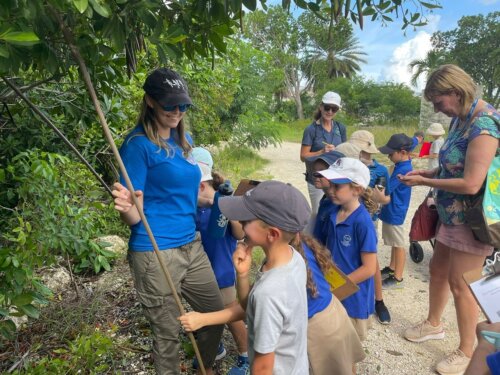
Join the school program
We are always looking for motivated educators to join our ‘Marvellous Mangroves’ initiative. Want to ensure the mangroves stay healthy for generations to come
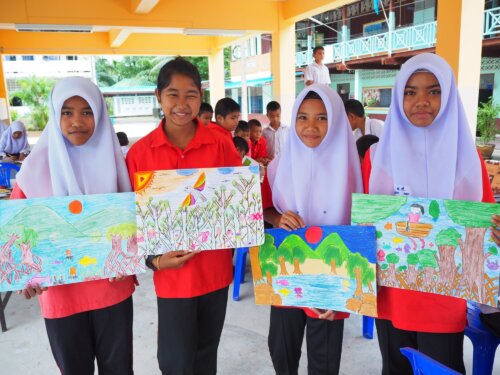
Make art for good
Calling all creative souls! Help us inspire people into environmental action through the power of imagination. Enter one of our artistic contests.
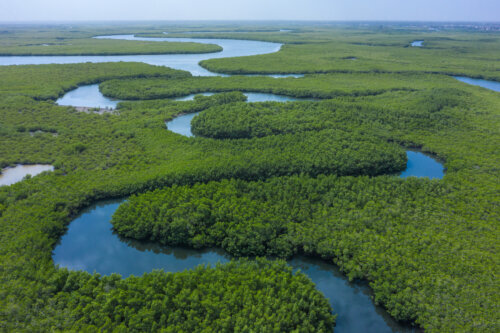
Donate
Our work would not be possible without the continued support of donors like you. Every bit counts.
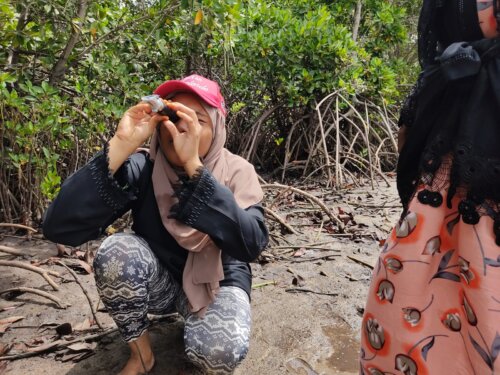
Advocate
Our mangroves need spokespeople. Why not you? Whether you engage with us on social media or share our newsletter, there are many valuable ways to raise awareness.
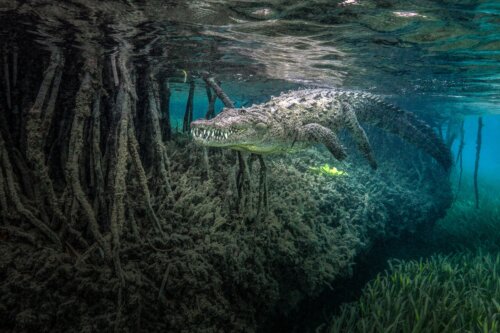
Mangrove Photography Awards
Take part in our annual photography awards which celebrates the beauty and diversity of mangrove forests through inspiring imagery.

